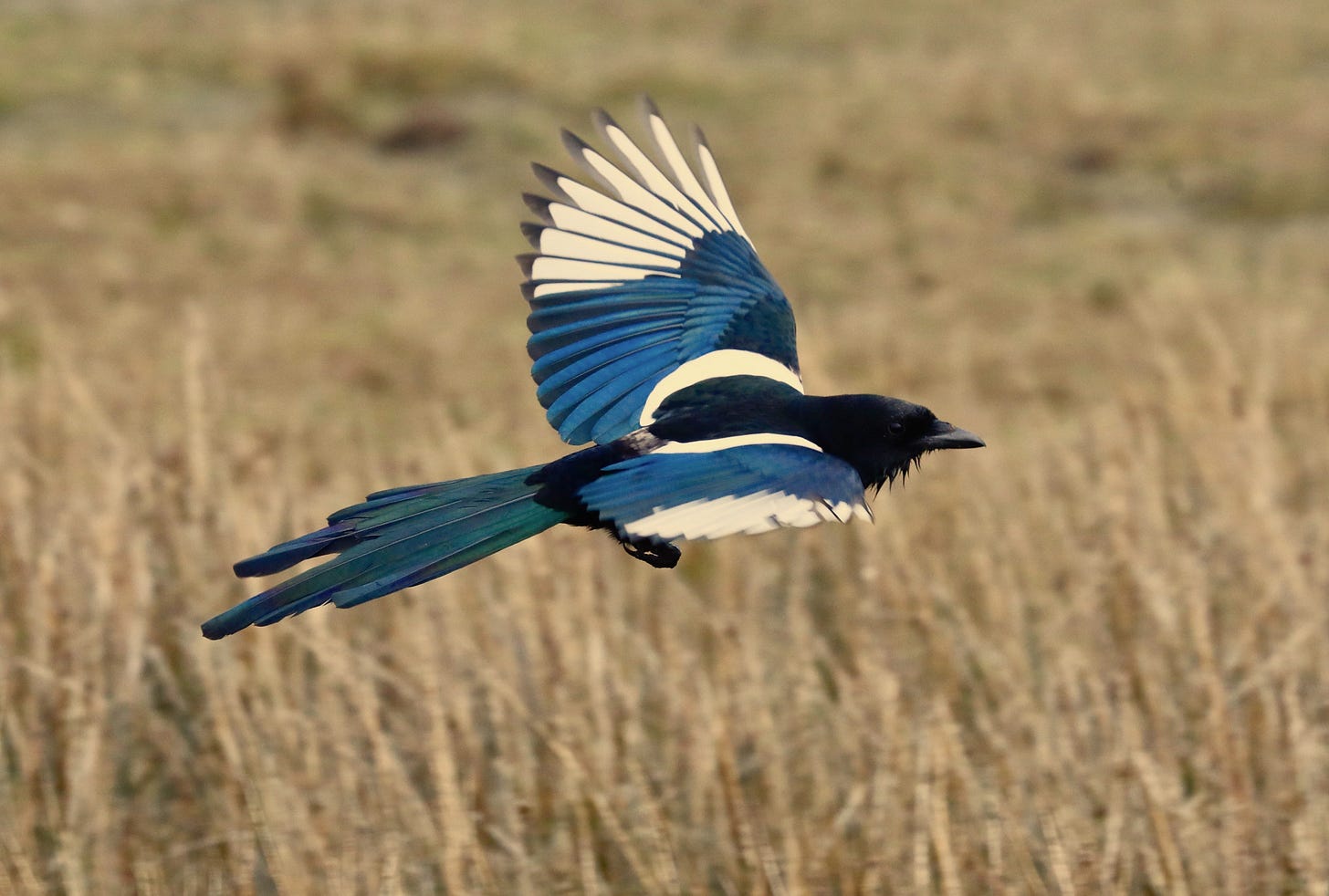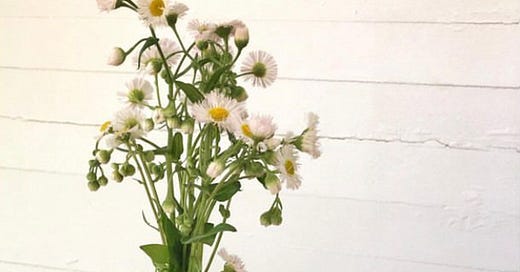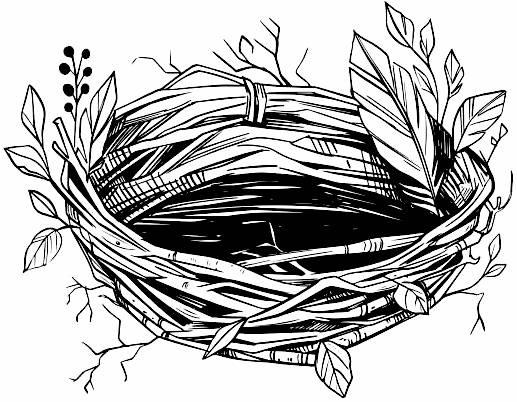Among the many Joan Didion passages that I’ve tacked to the inside of my skull, one feels personally resonant in a way her cool, California demeanor rarely does. In the essay “On Keeping a Notebook” from Slouching Toward Bethlehem, she tries to divine the source of her compulsion to keep a written record of snippets of conversation she overhears, the outfits of strangers, seemingly random facts, and moments of happenstance. “What is a recipe for sauerkraut doing in my notebook?” she asks. “What kind of magpie keeps this notebook?”
I’m also an inveterate idea collector. Looking back over my notebooks (plural, because I have an addiction to the promising rush of a blank first page) is like turning out my pockets after a long shore walk: the iridescent nacre of broken shells, the softened profile on old pennies, rocks that looked more magical when slicked by the tide. If something catches my eye or hooks my fascination, I can’t just leave it be. I should never be left to my own devices at estate sales or antique stores.
Magpies are members of corvidae, a family of birds with an outsized mythology due in large part to their intelligence. Whether it turns out to be true*, magpies have a reputation of compulsively gathering shiny objects into their nests. Wrappers, jewelry, soda tabs – anything that might catch the light.

There are lots of reasons to love things that shine. For some, it’s the possibility of seeing oneself reflected in a mirror’s polished silver or the surface of a still pond. For others, it’s a manifestation of power or wealth – gleaming steel, glinting coins.
To me, they are wayposts of the divine.
I recently attended a talk by magnificent writer and friend Janisse Ray (link to her Trackless Wild newsletter below) called “Following Golden Strands.” In it, she urged us to notice the moments that capture our attention and reel ourselves along that strand until our creative work truly conveys the experience of the moment. The conversation wove together the ways Federico García Lorca, Stephen Harrod Buhner, and other artists recognize and draw ever nearer to inspiration.
Pam Houston explains, “I move through the world and I wait until something ‘glimmers’ at me, until something says, ‘Hey writer, over here, pay attention.’ It can be a seal’s head popping up in an ocean wave, or the color the bark of the Aspens turn just before they leaf out, or a snippet of conversation overheard at a coffee shop, or a piece of graffiti on an underpass…. Just about anything, but some of those glimmers feel like they have resonance.”
Turns out there are a lot of us in this mischief of magpies (other collective nouns: charm, congregation, conventicle, tiding, tribe) keeping our eyes sharp for what sparkles. As I pulled knots of ivy from my yard the other day, light that had every intention of warming a patch of clover got diverted. A long-buried Coke bottle with one greenglass hip jutting from the clay soil intercepted the beam, glinting like a curious beacon. I dug the bottle up and put a few ragged fringes of fleabane in it.
Another winking gleam arrested my attention when I read about Fresnel lenses, the huge prismatic jewel at the heart of a lighthouse. They lose only 20 percent of the light passing through them where an open flame squanders 97 percent of its light. I jotted it down. I don’t know, yet, for what.
These little flickers are the way some holy inspiration nudges me to pay attention. And I’ve noticed that the best way to encourage that blessed, generous, unnamable thing to keep whispering, “Over here – look!” is to make something from those moments. Bonus points, it seems, for sharing it.
So the posts you’ll find in What Kind of Magpie are a gesture of courtship, a little love letter, to this inspiration. They’re also an invitation to a weird and wonderful nest full of bits of treasure and trash that catch the light. Come snuggle in and make yourself at home.
*A 2014 study suggests that not only might magpies have gotten a bad rap with the whole thieving thing but that they might actually be afraid of things that reflect light. This study, however, involved scientists placing a pile of shiny objects near nuts to see how the magpies would react. So it might just as likely demonstrate that magpies have the sense to distrust humans when they’re acting weird and leaving little piles of metal near their food. Go figure.









"rocks that looked more magical when slicked by the tide" Ain't that the truth! I have jars of them and they require immersion to look even a fraction of how lovely they did when collected!
I moved from Oregon to France nine years ago. They call magpies pies here, one of the few cases where the French is shorter than the English. In Oregon, magpies stuck to dry Eastern Oregon, and were pretty much rural. In France, they often lead urban lives and show no special preference for drier places. Heckel and Jeckel were magpies.